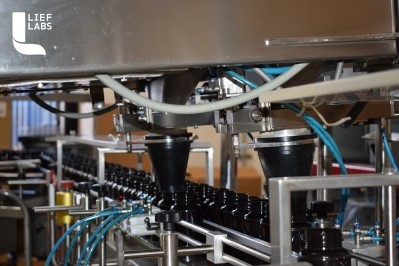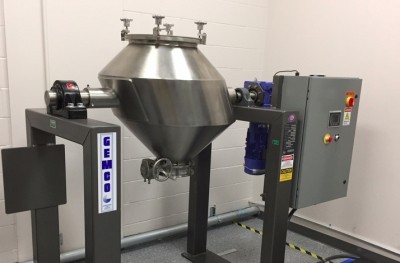Many blends on market sans tests verifying their makeup, expert asserts

Testing of blends can be a complex undertaking, especially in batches of similar material. At a supplement industry event a few years ago a contract manufacturer admitted that when a customer brought a material to him billed as a blend of various kinds of berries, there was little he could do in terms of testing to prove what the constituents were, and in what ratios they were present.
“Those are mixtures of things that you could call ‘cousins,’” said Elan Sudberg, CEO of Alkemist Labs, a botanical and dietary supplements testing lab based in Garden Grove, CA. “All the berries have similar things in them.”
Paucity of testing
Sudberg said a trend he has seen in the industry is a rising use of complex mixtures in products. In his view this has not been accompanied by a similar commitment to figuring out how to test the finished products for compositon, strength and purity.
What testing that does get done is usually on the input side, Sudberg said. Companies seem to be relying on the idea that if material is properly identified, properly stored and correctly meted out, the resulting blend should be good to go.
There are many well known potential weaknesses in botanical ingredient ID, Sudberg said. Organoleptic testing is a common approach, which can be a valid method assuming the proper expertise on staff and other orthagonal data points are added to it. But some firms still use the ‘looks right, smells right’ game plan, he said. And some companies behave as if an FTIR testing apparatus is a magic ray gun. Plunge it into the material, and ZAP! The ID is done!
Measuring inputs doesn't guarantee results
But even if identification is nailed down in a reasonably compliant fashion, this input-based approach doesn’t take into account what can happen downstream, Sudberg said. Leaving actual contamination issues aside (such as bits of metal or other stray material ending up in the blend), a finished product might not meet spec for a variety of reasons.
For one thing, blenders all have performance specifications that need to be taken into account. Paddle mixers, for example, might give rise to ‘dead’ spots in the mix. And even drum blenders, depending on their speed, the shape of the drum and the characteristics of the blend, could churn out a non uniform mix.
If a manufacturer is not doing much in the way of finished product testing, can one rely on the notion that it was carefully controlling humidity and temperature on the manufacturing floor? Failure to do so could cause some ingredients with different hydroscopicity parameters to clump more than others, affecting the composition of the final blend.
And then there is simple human error. Orders of magnitude mistakes are fairly rare, but potentially could be catastrophic, although the health risk generally pertains more to trace minerals than it does to botanical ingredients in a blend.
Vague regulatory specifications allow companies to dither on testing
It all results in a situation in which for many complex mixtures on the market, pretty good is good enough, Sudberg said. And in his view the way federal regulations are enforced leaves companies wide latitude on the finished product testing end through which they can wriggle.
When the GMP rules that went with DSHEA were finalized, companies were tasked with using ‘scientifically valid’ testing procedures. This vague specification could be seen as a nod to the complexity of the products in the industry and a recognition that most of the expertise in dealing with them resided in the companies themselves as opposed to within FDA.
But Sudberg said that provision can also serve as a crutch for a company that wants to just get by, as opposed to excel.
“They can say things like, ‘There is no valid test to verify that herb x is in blend y,’” Sudberg said. “My gripe with that is FDA has allowed companies to get by with kind of an appeal to ignorance.”
“Sometimes all you have is a QC document where someone has signed off that says a blend has the right amount of ingredient X,” he said.
Funding needed for methods development
Sudberg said that it is true that for many of these mixtures, no validated tests exist. But that’s because FDA hasn’t held companies’ feet to the fire to develop them.
“No tests exist because no one has paid to develop them,” he said. “FDA seems to have more important things to do, like look at cancer claims.”
The development of valid tests is in most cases not a huge hill to climb. In the berry example given above, for instance, a sample of the mix could be assembled from validated voucher specimens and an accurate HPLC fingerprint put together, Sudberg said. People shouldn't assume that developing a method necessarily means spending tens of thousands of dollars, he said.
“But you do have to spend some time in methods development. I believe that it is the manufacturer’s responsibility to develop a method that proves they did what they said they did.”









